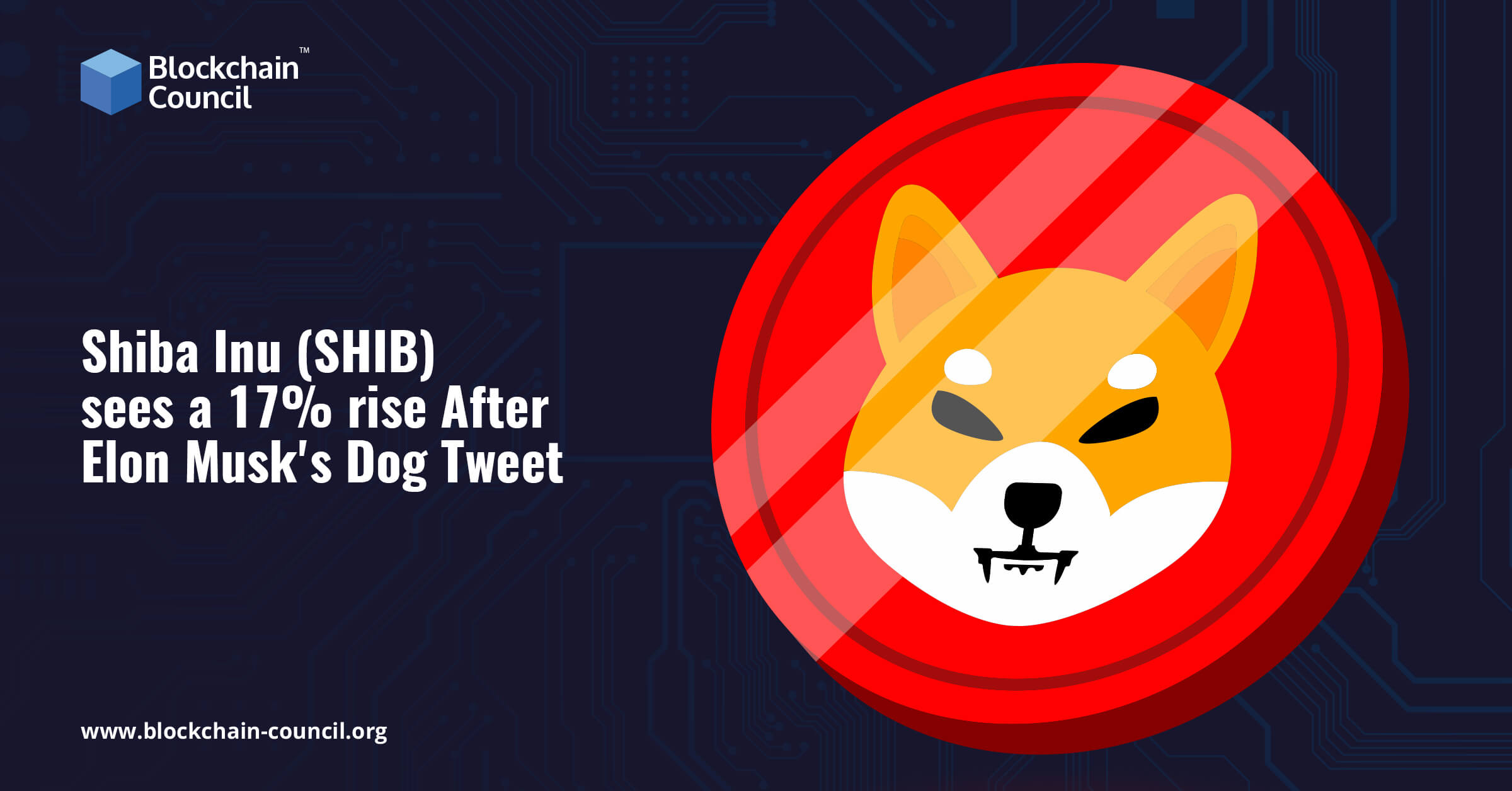
- Blockchain Council
- August 22, 2024
Cryptocurrency has come a long way since Bitcoin first made headlines. Today, it’s a global topic, with people from all walks of life talking about how it could shape the future. But where is it headed next? What is cryptocurrency future scope?
Over the next five years, crypto is expected to make some big moves. From the way we pay for things to how we store value, the next few years are set to be exciting for anyone interested in crypto.
What are the Major Developments in the Crypto Market?
Before we jump into the future of crypto in the next 5 years, let’s understand what’s happening in the crypto market this year:
Ethereum and Bitcoin ETFs
The approval of multiple Ethereum ETFs in the U.S. has marked a major milestone. This led to renewed investor confidence, driving substantial inflows into these funds. Meanwhile, there is strong anticipation surrounding the potential approval of Bitcoin spot ETFs, which could further legitimize and stabilize the market by attracting institutional investors.
Technological Advancements
The Blockchain space has continued to evolve, with a focus on modular Blockchains and layer-2 scaling solutions. Ethereum remains dominant among smart contract platforms, but new technologies like Celestia’s modular Blockchain design are gaining attention. These developments are allowing for more specialized and efficient Blockchain networks, which could reshape the landscape for decentralized applications (dApps).
Bitcoin Halving
The most notable event was the Bitcoin halving on April 19, 2024. This halving, which occurs roughly every four years, reduced the block reward from 6.25 BTC to 3.125 BTC. Historically, this event has led to increased Bitcoin prices due to reduced supply. Many analysts expect a similar outcome this time, potentially leading to a significant price rally in late 2024 and into 2025. This halving event was particularly impactful because it came at a time when Bitcoin was already near its all-time high ($73,738, March 2024), creating a strong bullish sentiment in the market.
Growth of DeFi and SocialFi
Decentralized Finance (DeFi) continues to expand, particularly with increased institutional participation. There’s also a growing interest in SocialFi, where decentralized finance meets social media, creating new opportunities for Web3 applications. These trends suggest that the crypto ecosystem is diversifying beyond its traditional financial roots into more integrated digital experiences.
Regulatory Changes
Globally, regulators are becoming more active in shaping the cryptocurrency market. Hong Kong, for example, has launched initiatives to become a crypto trading hub, while the U.S. is tightening its oversight, particularly with the possible approval of spot Bitcoin ETFs. These regulatory movements are crucial as they will likely define the market’s accessibility and stability in the coming years.
Institutional Adoption
Large financial institutions, including BlackRock and Fidelity, increased their involvement in cryptocurrencies by launching dedicated funds and ETFs. This wave of adoption by traditional finance giants is enhancing the credibility and acceptance of digital assets in mainstream finance.
AI Integration and Layer-2 Innovations
Many Blockchain projects are integrating Artificial Intelligence (AI) to enhance their operations. For example, The Graph is using AI to help in querying Blockchain data, making it faster and more efficient. Additionally, Ethereum’s Layer 2 networks like Polygon and Arbitrum are leading in reducing transaction fees and improving transaction speeds.
How will the Crypto Market Look Five Years from Now?
We have learned about the major developments of the crypto market in 2024. But what about the future of crypto in the next 5 years? Let’s find out!
Technological Advancements
In the next five years, the crypto market will witness significant technological improvements. Layer-2 solutions like Bitcoin’s Lightning Network and Ethereum’s advancements, such as Layer-2 scaling with networks like Polygon, will make transactions faster and cheaper. These innovations will drive broader adoption, making crypto more practical for daily use.
Regulatory Developments
Regulations will play a crucial role in shaping the crypto landscape. Governments around the world are likely to implement more comprehensive frameworks to oversee digital assets, aiming to protect consumers while fostering innovation. Regulatory clarity may encourage more institutional investments, but it could also introduce challenges, especially around privacy and decentralized finance (DeFi).
Growing Emphasis on Blockchain Security
With the growing adoption of cryptocurrencies, security is more critical than ever. The next five years will see a heightened focus on enhancing Blockchain security to protect users from hacks and fraud. This will involve the development of more robust cryptographic techniques and the integration of AI-driven systems to monitor and prevent security breaches. As the market expands, so will the importance of safeguarding digital assets.
Market Growth and Adoption
The global crypto user base is expected to expand significantly, potentially reaching over a billion users. This growth will be fueled by increased adoption in sectors like gaming, NFTs, and decentralized finance. Major corporations are also likely to hold more crypto assets, driven by new accounting standards and the increasing stability of digital currencies.
Interoperable Cryptocurrency Ecosystem
Over the next five years, we can expect significant advancements in the interoperability of different Blockchain networks. This development will allow seamless interaction between various Blockchains, fostering a more interconnected and efficient crypto ecosystem. Such progress is crucial as it will enable the easy transfer of assets across different platforms, reducing fragmentation and increasing the utility of cryptocurrencies.
Security and Trust
Security will remain a top priority as the market grows. Enhanced security protocols, such as multi-signature wallets and regular security audits, will become standard. These measures will help build trust among users and investors, crucial for the sustained growth of the crypto ecosystem.
Mainstream Cryptocurrency Courses
As cryptocurrency becomes more entrenched in the global financial system, globally recognized institutions like the Blockchain Council are responding by offering more comprehensive certification programs on Blockchain and digital assets. Blockchain Council crypto and Blockchain training programs are not just for tech enthusiasts but are becoming mainstream, helping to educate a broader audience on the complexities of crypto. This trend will lead to a better-informed public, equipped with the knowledge to navigate and invest in the crypto space effectively.
Growth of Non-Fungible Tokens (NFTs) and Decentralized Finance (DeFi)
NFTs and DeFi are expected to continue evolving and expanding. NFTs, which represent ownership of unique digital assets, will likely see broader use cases, while DeFi platforms will offer more innovative financial services outside traditional banking systems. These sectors will contribute to the growing influence of crypto in various industries.
Conclusion
As we look ahead, it’s clear that the future of crypto in the next 5 years is bright. It isn’t just a passing trend. It’s becoming a bigger part of our daily lives, and the next five years could bring changes we can’t fully predict yet. Some coins might rise, others might fall, but one thing is certain: digital currencies will continue to be a major part of the conversation. Staying informed and open to these changes will be key to understanding where this digital money is headed.
FAQs
What are the key factors driving cryptocurrency adoption in the next five years?
- Enhanced technological advancements like Layer-2 scaling and AI integration.
- Increasing regulatory clarity that fosters both consumer protection and innovation.
- Growth of institutional adoption, with major financial institutions investing in crypto.
- Expanding use cases in sectors like gaming, NFTs, and decentralized finance (DeFi).
How will regulations impact the future of cryptocurrency?
- Regulatory frameworks are expected to become more comprehensive, aiming to balance innovation with consumer protection.
- Clearer regulations may encourage more institutional investments in crypto.
- Potential challenges could arise in areas like privacy and decentralized finance (DeFi) due to stricter oversight.
- Global efforts may lead to more standardized rules, making it easier to navigate the crypto market across different regions.
What role will NFTs and DeFi play in the future of crypto?
- NFTs are expected to find broader use cases beyond digital art, possibly in gaming, real estate, and intellectual property.
- DeFi platforms will continue to innovate, offering financial services outside traditional banking, increasing accessibility to financial products.
- Both sectors will contribute to making crypto more mainstream and integrated into various industries.
- Growth in these areas will likely drive user adoption and investment in the crypto space.
How will Blockchain technology evolve over the next five years?
- Development of modular Blockchains will allow for more specialized and efficient networks.
- Improved interoperability will enable seamless interaction between different Blockchain networks, reducing fragmentation.
- Focus on Blockchain security will lead to the creation of more robust cryptographic techniques and AI-driven security systems.
- Blockchain technology will become more practical for everyday use, driving broader adoption across various sectors.





































































 Guides
Guides News
News Blockchain
Blockchain Cryptocurrency
& Digital Assets
Cryptocurrency
& Digital Assets Web3
Web3 Metaverse & NFTs
Metaverse & NFTs
